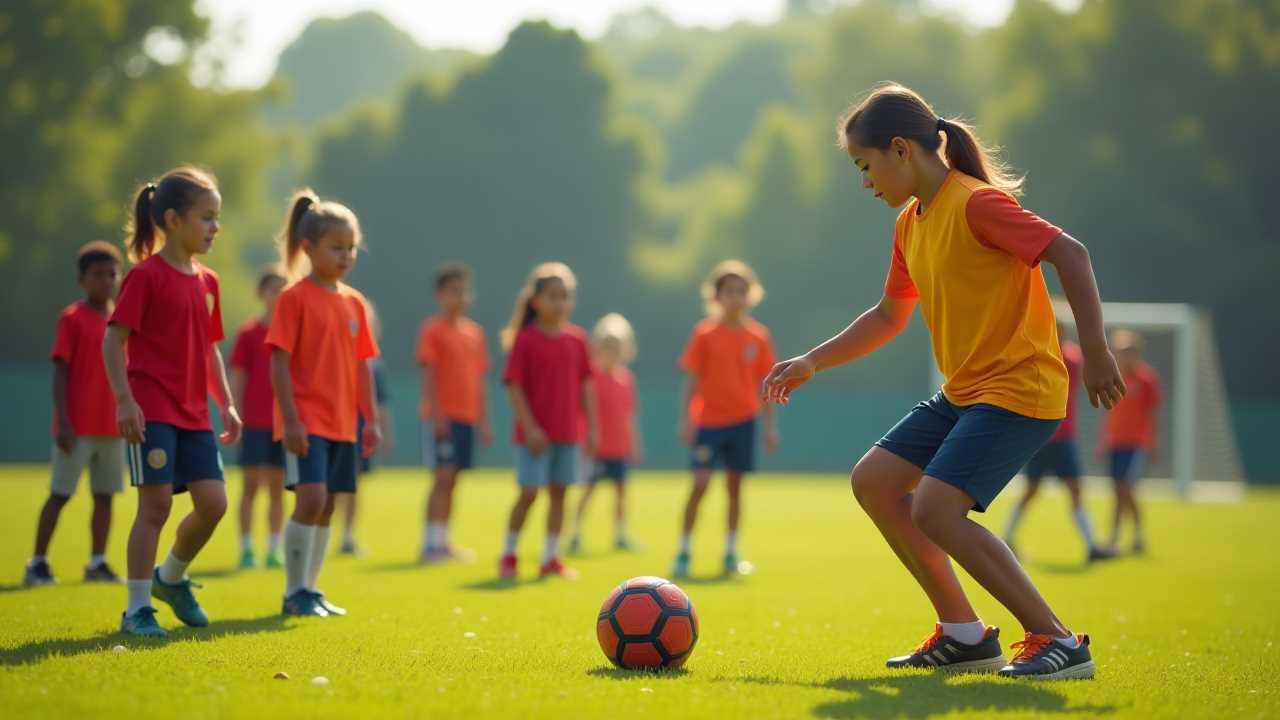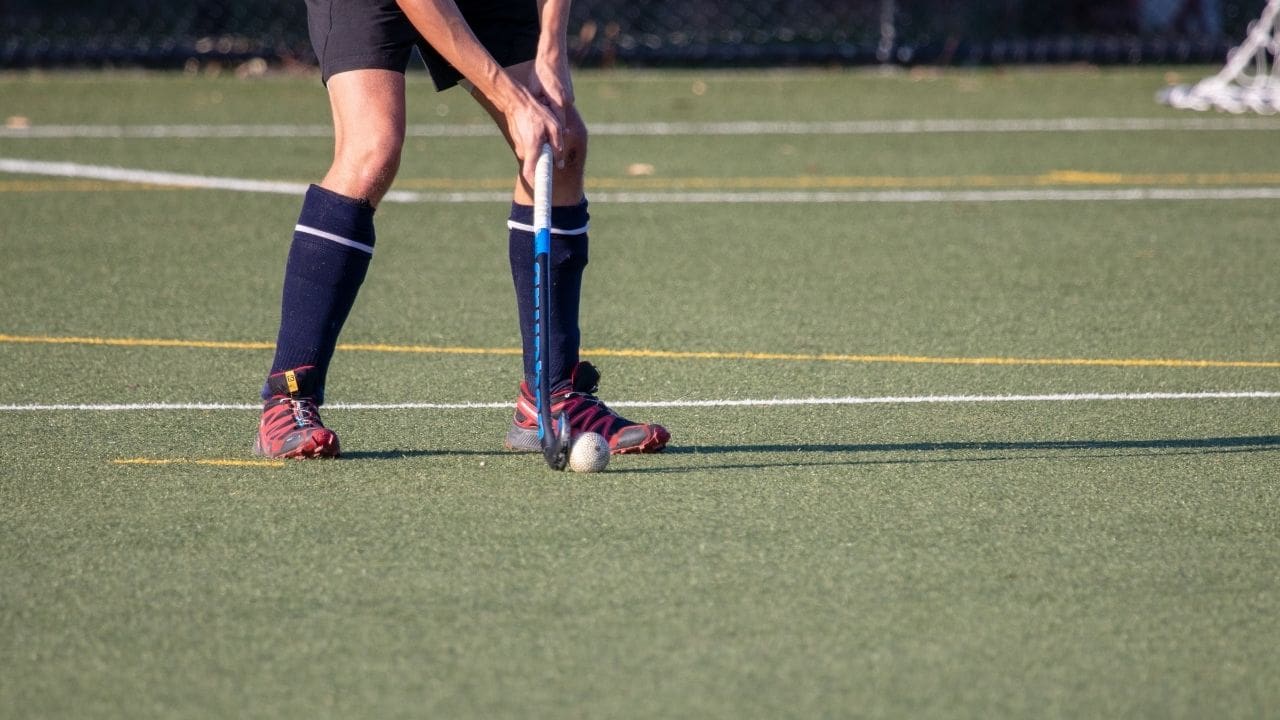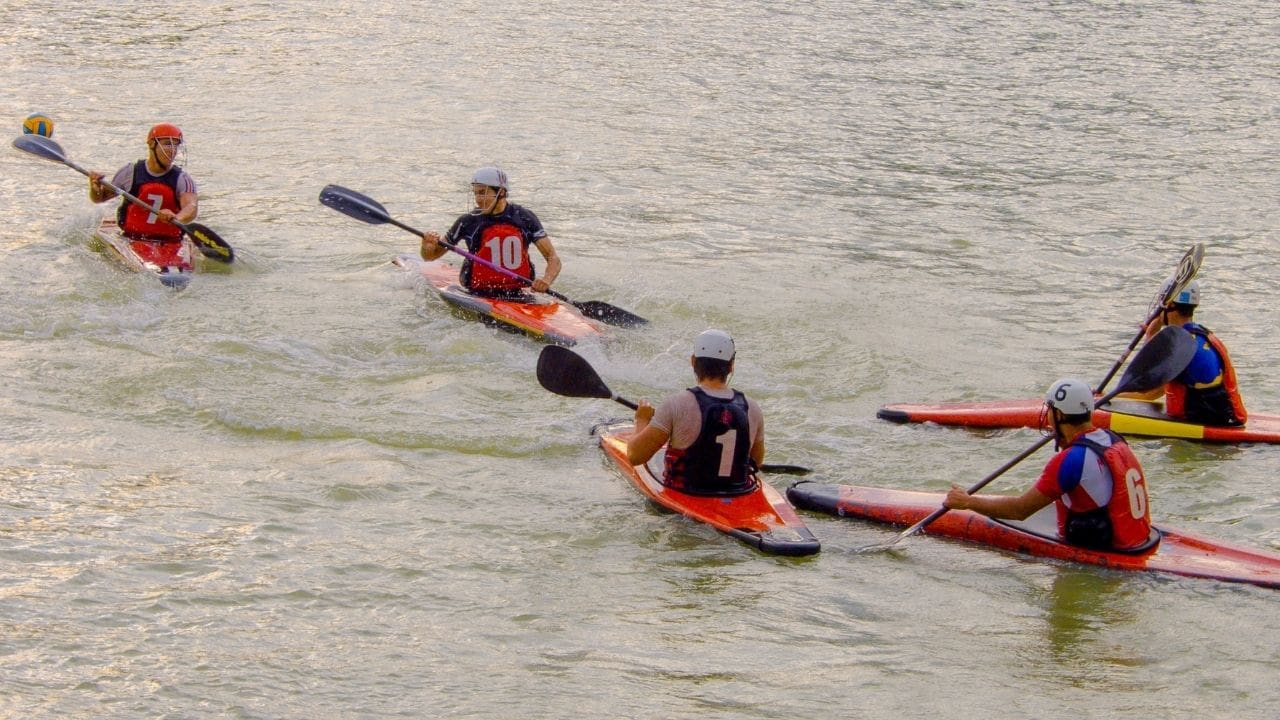Sports
What Are Effective Coaching Techniques for Youth Sports?
Effective coaching techniques for youth sports emphasize clear communication, fostering a positive environment, and honing fundamental skills. Coaches should


Effective coaching techniques for youth sports focus on clear communication, a positive environment, and skill development. Start by fostering open dialogue; this builds trust and allows kids to express concerns. Keep expectations clear and celebrate all efforts to make players feel valued. Prioritize fundamental skills and break them into manageable steps, using drills that offer immediate feedback. Encourage teamwork through collaborative activities and shared goals, which unite the team. Finally, make the experience enjoyable by incorporating fun drills and celebrating small victories. These strategies create a supportive atmosphere where young athletes can thrive and grow. Investigate further techniques to improve your coaching skills.
Establishing Clear Communication
In youth sports, establishing clear communication is essential for building trust and fostering teamwork. You need to create an open environment where athletes feel comfortable expressing their thoughts and concerns.
Use simple language when giving instructions to guarantee everyone understands their roles. Regular check-ins can help clarify any confusion and keep everyone on the same page. Listening actively shows your players that their input matters, which can boost their confidence.
Additionally, encourage team discussions; this allows players to voice their ideas and feelings, reinforcing their connection to the group. Remember, clear communication not only improves performance but also promotes a safe environment where everyone feels valued and respected.
Prioritize these communication techniques to guarantee a successful and enjoyable season for all.
Fostering a Positive Environment
Creating a positive environment in youth sports builds on the foundation of clear communication. When you encourage open dialogue, athletes feel safe to express themselves, share concerns, and ask questions.


This openness fosters trust, which is essential for a supportive atmosphere. Celebrate each player’s efforts, regardless of skill level, to help them feel valued.
Establishing clear expectations and maintaining consistent rules creates a sense of security, allowing players to focus on growth and teamwork. Encourage a culture of respect among teammates, emphasizing kindness and sportsmanship.
Regularly check in with players to guarantee they feel comfortable and supported. By prioritizing a positive atmosphere, you not only improve performance but also create lasting memories and friendships that go beyond the field.
Focusing on Skill Development
Focusing on skill development is essential for young athletes as it not only improves their abilities but also boosts their confidence. By prioritizing fundamental skills, you create a solid foundation for their future growth.
Break down each skill into manageable steps, allowing them to grasp the concepts without feeling overwhelmed. Use drills that emphasize repetition and provide immediate feedback, helping them correct mistakes in real-time.
Encourage a safe environment where athletes feel comfortable experimenting and learning. Celebrate small victories to reinforce their progress, showing them that improvement is possible.
Encouraging Teamwork and Collaboration
Teamwork and collaboration are essential components of youth sports, helping athletes develop not just their skills but also their social interactions.


To foster a spirit of teamwork, encourage open communication among players. Create opportunities for athletes to work together on drills, emphasizing the importance of each member’s role. You might also set team goals that require collective effort, reinforcing that success is a shared achievement.
Celebrate team accomplishments, no matter how small, to build a sense of unity. Additionally, be mindful of each player’s comfort level, ensuring that everyone feels safe and included.
Emphasizing Fun and Enjoyment
When players enjoy themselves, they’re more likely to engage fully and develop a love for the game. As a coach, you should create an atmosphere that emphasizes fun and enjoyment in practice and games.
Incorporate games and playful drills that keep players excited while honing their skills. Celebrate small victories, whether it’s a well-executed play or improvement in teamwork. Encourage laughter and camaraderie among teammates, as it fosters a supportive environment.
Be mindful of each player’s comfort and safety during activities; prioritize their well-being by ensuring drills are age-appropriate and that everyone feels included.
Frequently Asked Questions
How Do I Handle Conflicts Between Players Effectively?
When conflicts arise between players, you should address the situation calmly. Encourage open communication, listen to both sides, and facilitate a resolution that promotes understanding and teamwork. Create a safe environment for everyone involved.
What Age Group Benefits Most From Coaching Techniques?
You’ll find younger age groups, particularly those in elementary school, thrive most from coaching techniques. Their minds are like sponges, enthusiastically soaking up guidance, fostering teamwork, and building a foundation for future success in sports.


How Can Parents Support Coaching Efforts?
You can support coaching efforts by encouraging open communication, attending games, and reinforcing positive messages at home. Your involvement shows your child that you value teamwork and skill development, fostering a safe, supportive environment for growth.
When Should I Adjust My Coaching Style?
You should adjust your coaching style when you notice players struggling or disengaging. Pay attention to their feedback and performance; flexibility in your approach fosters a supportive environment and encourages growth and confidence in each athlete.
What Are Signs of Burnout in Young Athletes?
When a young athlete suddenly dreads practice like a rainy day, you know burnout’s creeping in. Look for signs like irritability, fatigue, or loss of interest. These signals mean it’s time to reassess their experience.


Hi, I’m Kyle Rivera, a news journalist and blog editor with the Daily Evening News. A TCU alum with a flair for storytelling, I spend my days uncovering impactful stories and my evenings exploring the realms of yoga, cycling, and whimsically bad poetry.
Travel is my escape; I’ve trekked from Tokyo’s neon lights to Iceland’s tranquil vistas. But no journey is complete without Mogli, my Golden Retriever, who’s redefining his breed standards in the most charming ways.
I love connecting with fellow travelers, yogis, cyclists, and anyone who enjoys a laugh at my poetic attempts. If you’re into stories that inspire, travel escapades, or just want to see what Mogli and I are up to, I’d love to hear from you on Instagram or Facebook. Let’s share tales and tips from around the globe!

